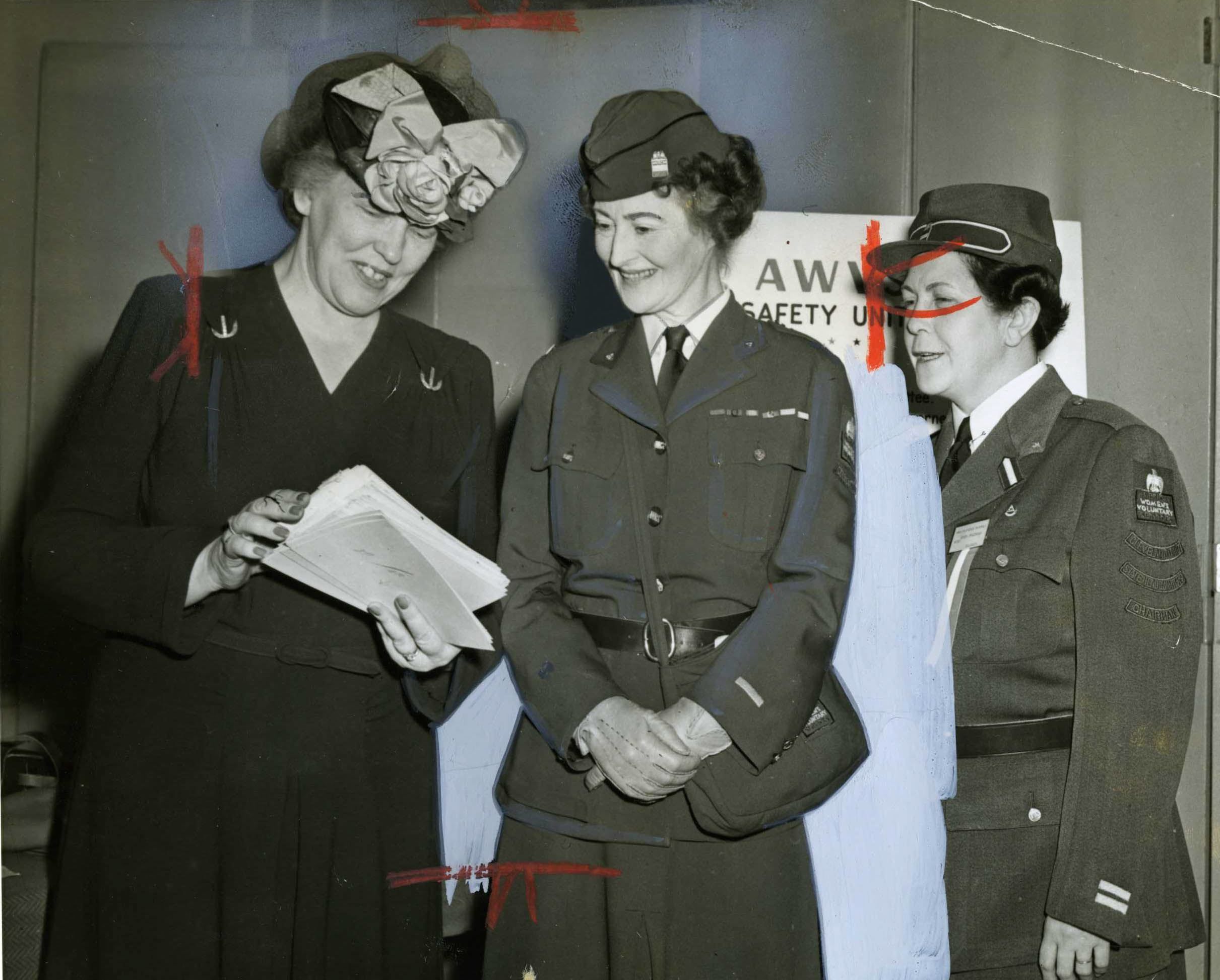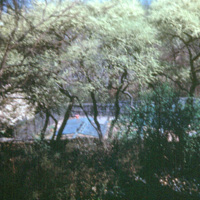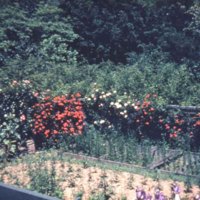The Kitchen Garden at Dumbarton Oaks
The War Years 1939-1945
The institutionalization of Dumbarton Oaks in 1940 in combination with WW II brought about substantial changes in the Kitchen Garden. The transition from private residence to educational and research institution resulted in new budgetary constraints and maintenance considerations. Preparations for the transition began several years before the gift of Dumbarton Oaks to Harvard University. Efforts were already being made to trim garden staff as early as 1937, as evidenced from a letter Farrand wrote to Mildred Bliss on June 9th of that year: "As you doubtless know, [superintendent] Gray has already cut seven men from his payroll, of which one is a greenhouse man. He says this is a cut absolutely 'to the bone' and that no further reduction can be made."
In 1941, director John Thacher questioned the utility of the vegetable garden and efforts were made to limit the number of vegetables grown for the sake of relieving the overextended garden staff. Farrand, Bliss, and Thacher were convinced that the quality of vegetables they grew themselves were much better quality than what they could buy, but they doubted whether growing their own produce was economical. Fellows were typically in residence in the fall and winter months, and therefore only benefitted from the conserves. It is likely that because the Blisses were so frequently absent from Dumbarton Oaks, the garden staff were the primary consumers of fresh produce grown at Dumbarton Oaks.
The planting of vegetables was debated for seven years: on numerous occasions it was firmly decided by either Farrand or Thacher that there would be no more vegetables, but this decision was always reversed or disregarded. In 1942 and 1943, the popularity of victory gardens convinced Farrand, Bliss, and Thacher that for the time being, it was symbolically important to maintain the vegetable garden.
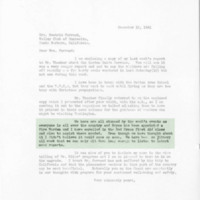
The onset of the U.S. involvement in WWII hit home at Dumbarton Oaks, but it is only important enough to occupy the fourth paragraph of five in Anne Sweeney's December 12, 1941 update to Beatrix Farrand.
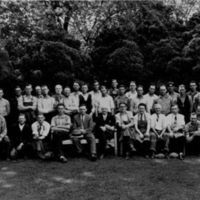
This photograph, taken in 1937, most likely shows the garden crew before the head gardener had cut seven men from the payroll.
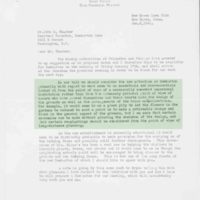
Director John Thacher explains some of the concerns surrounding the institutionalization of Dumbarton Oaks after 1940.
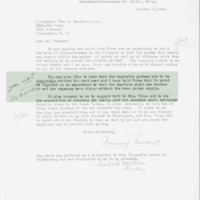
One of many letters in which the continuation of the vegetable garden is debated. In the margins of Farrand's letter of October 12, 1942, John Thacher has scribbled the words "I'm not so sure" next to Farrand's statement that the vegetable gardens are to be "completely omitted for the next year" as part of an cost-saving experiment.
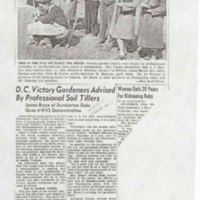
This 1943 article from the Washington Post provides one a clue about why John Thacher might not have been "so sure" that the vegetable garden was to be "completely omitted. The Dumbarton Oaks Kitchen Garden served as a classroom, with future superintendent James Bryce as a teacher, to many local victory gardeners.
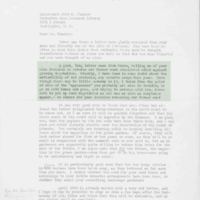
One of many letters containing a decision to reverse the decision not to grow vegetables. Farrand acknowledges that the effort to produce 'eatable crops' is not economical, but that it is symbolically valuable.

